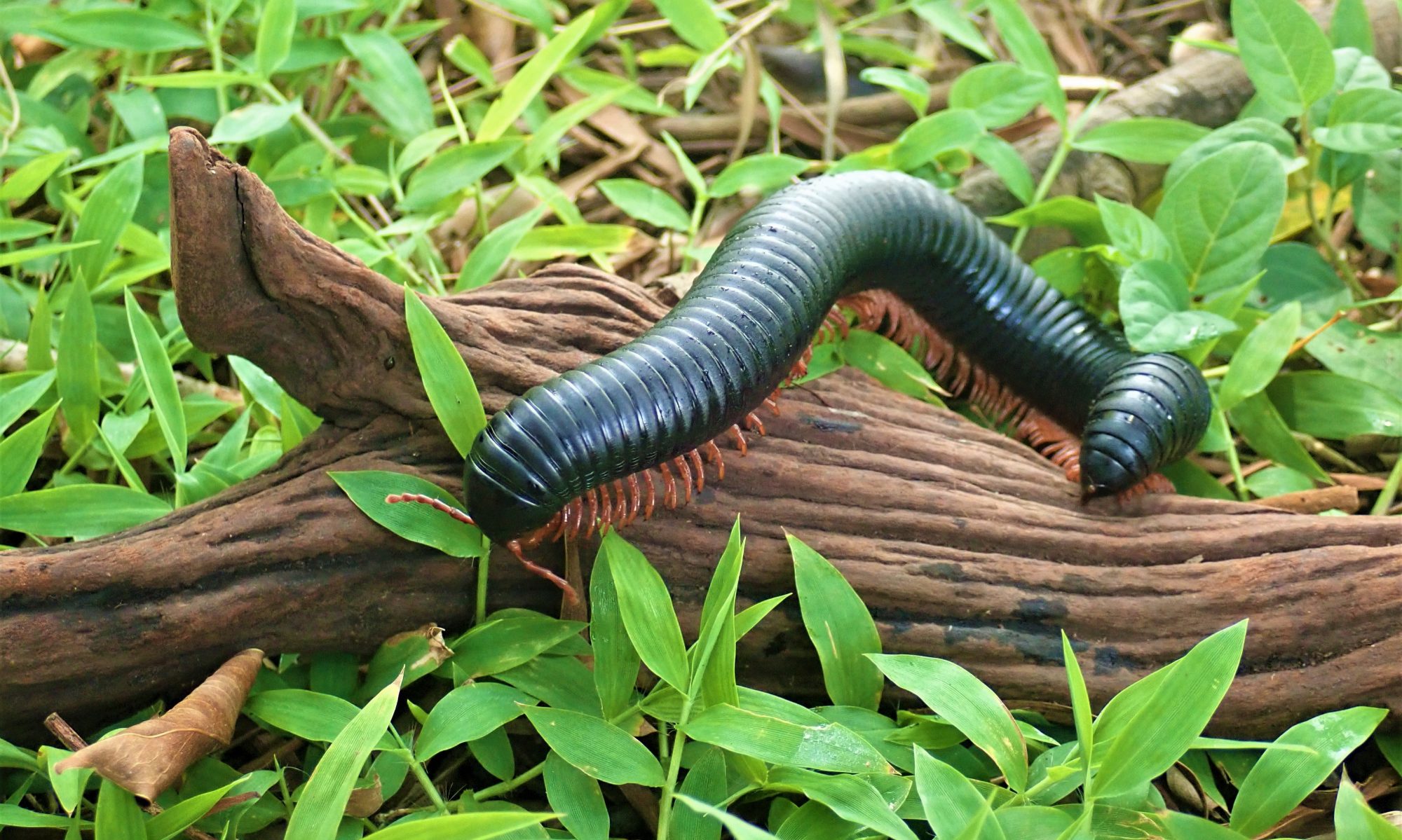Q1: What are the differences between centipedes and millipedes?
A: They are close relatives, both under phylum Arthropoda, subphylum Myriapoda. Below are some of their differences:
| Millipede | Centipede | |
| Class | Diplopoda | Chilopoda |
| Body Shape | Long and cylindrical | Long and flat |
| Number of Legs | Most 2 pairs legs / segment | 1 pair of leg/segment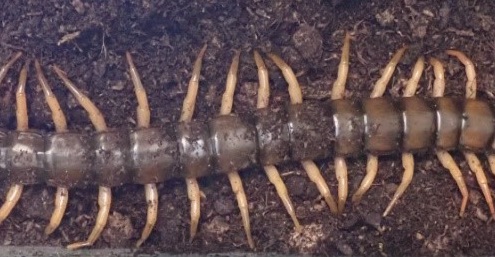 |
| Forcipule (Poison Fang) | Absent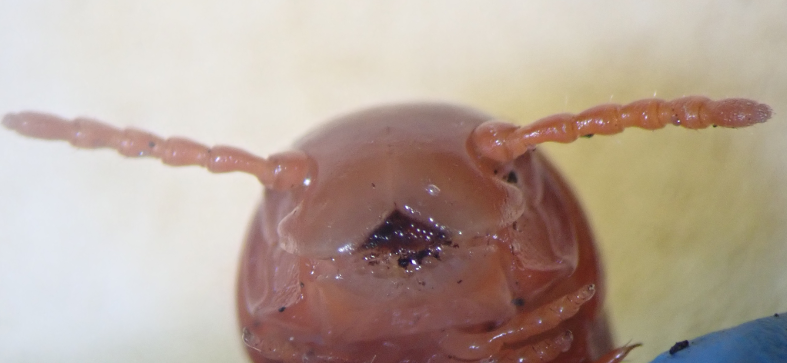 | Present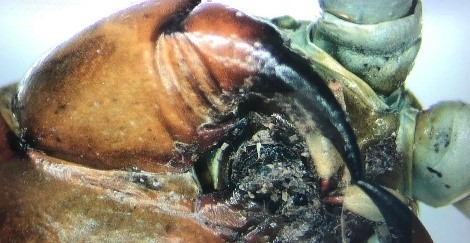 |
| Venom | Absent | Present |
| Nutrition Method | Detritivore | Carnivore |
| Speed of Moving | Slow | Fast |
Q2: How to distinguish male and female millipedes?
We can distinguish the sex by the sex organs of mature millipedes.
One or two pair of legs of a male millipede in the 7th segment (depending on species) is modified to a sex organ, while female millipede’s sex organ cannot be observed by our naked eye.
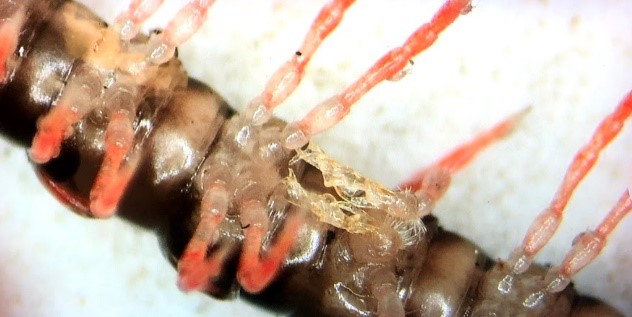
Q3: What is the basic anatomy of millipedes?
Millipede can basically be divided into head and trunk. Many segments join together to form the trunk. 2 pairs of legs are found in most segments. And millipede has a pair of antennae on their head, to detect chemical substances and help look for food.

Q4: What is the source of food of millipedes?
Millipedes rely on the organic composts for nutrition, mainly decomposed leaves. Thus, they act with earthworm similarly, acting as a detritivore to facilitate the organic cycle.
Q5: Where can we find the millipedes?
Millipedes live in a condition with high humidity and a lot of organic composts, like farmlands and forests. Moreover, we are able to find them near plant pots. In China or Japan, if the weather is suitable, we can see millipede bloom too.
Q6: What are the chemical substances secreted by millipedes?
When millipedes are disturbed, they will secrete some chemical substances to deter their predators away. For example, Trigoniulus corallinus secrete some yellow chemical liquid substances, Helicorthomorpha holstii secrete some colourless gas. They are in pungent smell and may cause a little chemical burn. So, please remember to wear a pair of gloves when performing sampling and culturing.
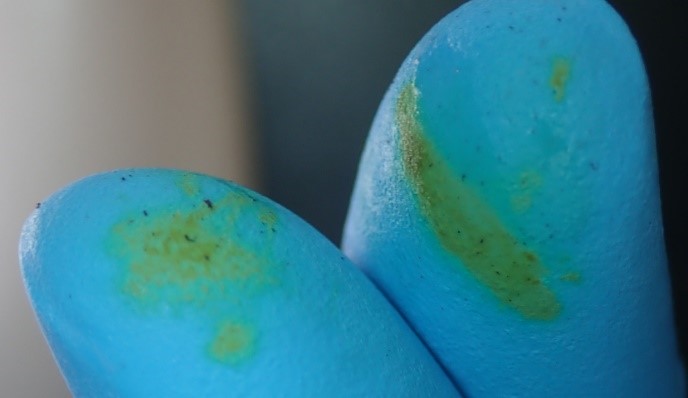
Q7: Why do millipedes curl up?
When they are threatened, they curl up and face the hard exoskeleton outward. As they move very slowly, they cannot escape from predators, their hard exoskeleton act as a physical defence for protecting themselves.
Common Types of Millipedes in Hong Kong
Life Cycle of Millipedes
Millipede Mini Quiz
